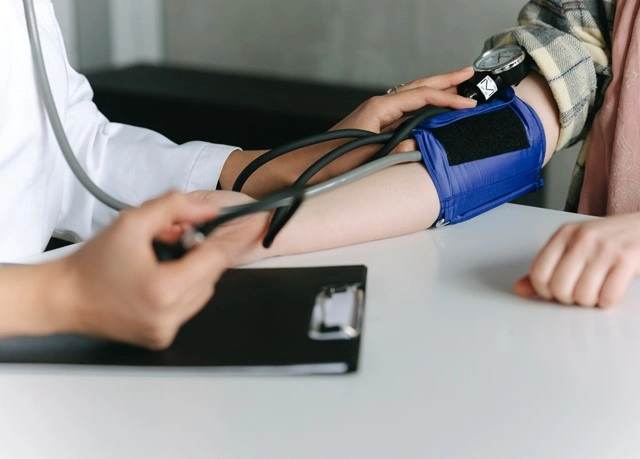
- Deutsch
- English
- 中文


High blood pressure is common—but low blood pressure can also impact your health. Do you struggle to concentrate or find yourself layering socks because your feet are always cold? Low blood pressure might be to blame. Here's what you should know about it.
A healthy blood pressure reading is typically around 120/80 mmHg (millimeters of mercury). If values fall below 100/60 mmHg, it is considered low blood pressure—also called hypotension. In contrast, hypertension is diagnosed when readings consistently exceed 140/90 mmHg.
Low blood pressure can cause a range of symptoms including fatigue, rapid heart rate, dizziness, seeing “stars,” or cold hands and feet.
You might be wondering how a high pulse can occur with low blood pressure. This happens because the body senses reduced oxygen supply to organs and compensates with an increased heart rate.
Unlike high blood pressure, hypotension is generally less dangerous. However, if you're frequently feeling faint or have other unpleasant symptoms, it can still affect your quality of life.
The underlying cause of low blood pressure should always be evaluated by a doctor, as this is the only way to stabilize it long term.
Regular physical activity like cycling, jogging, or brisk walking can stimulate circulation. Alternating hot and cold showers can also help improve blood flow. However, any treatment should be based on identifying the root cause of your symptoms.
March 10, 2022